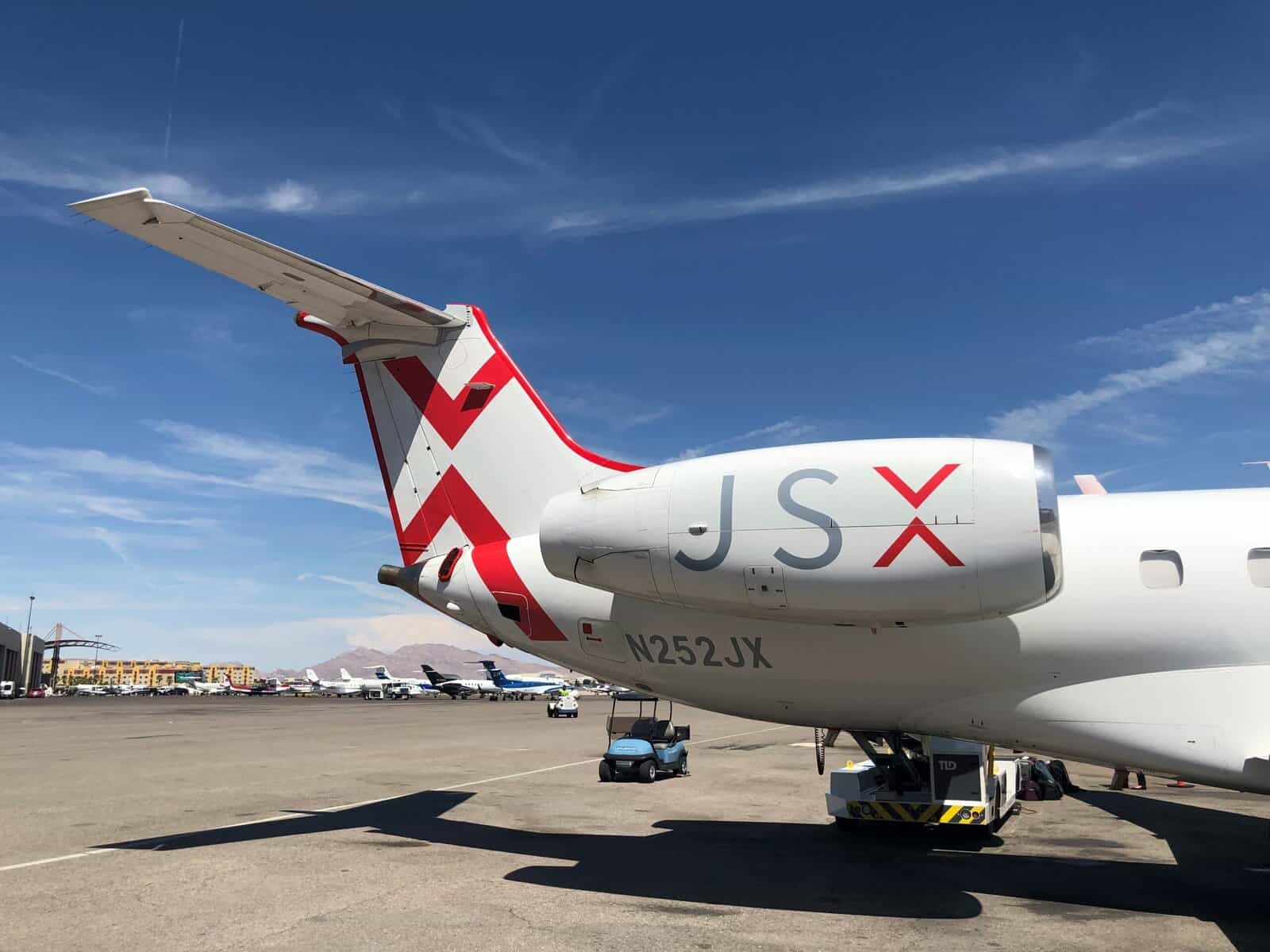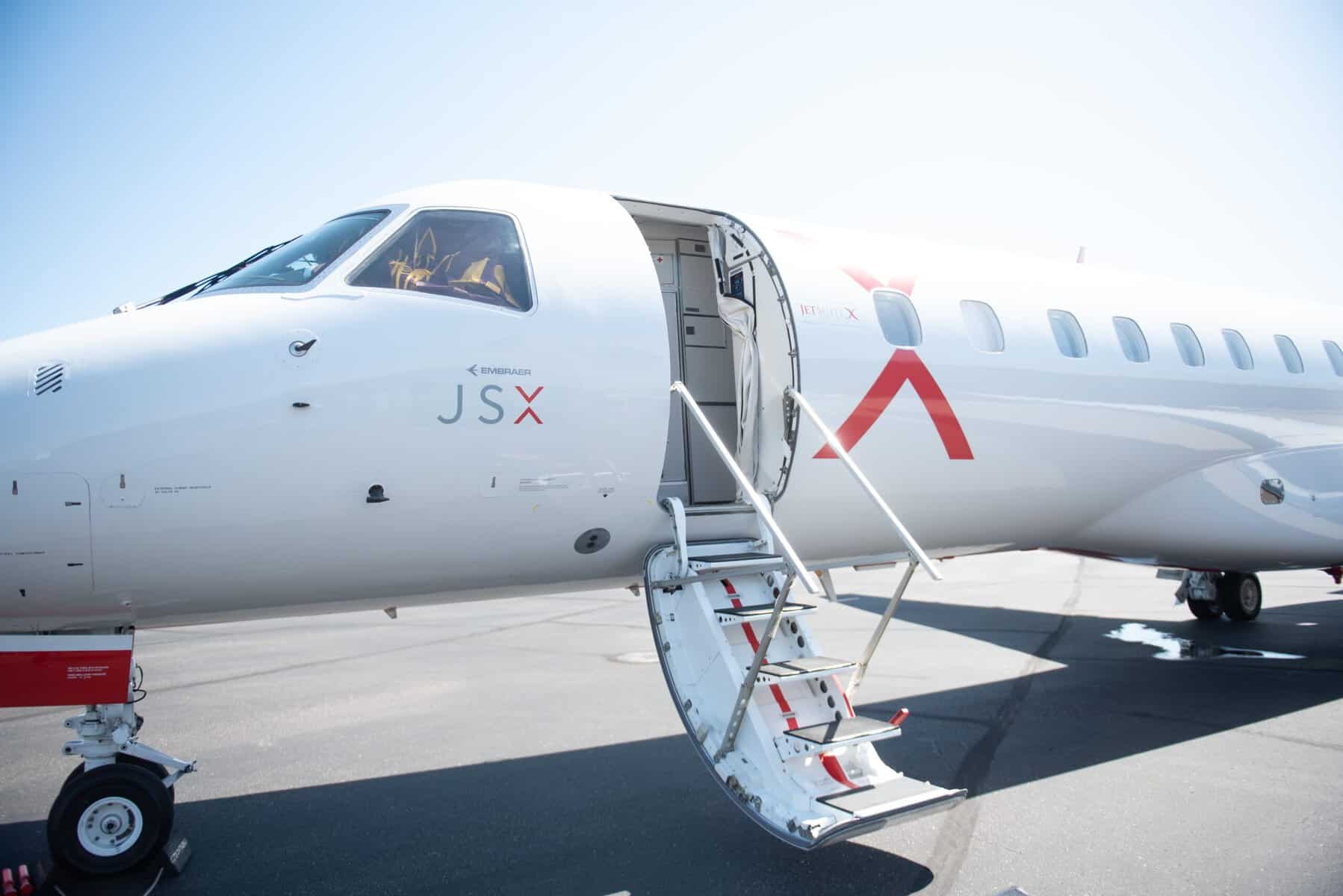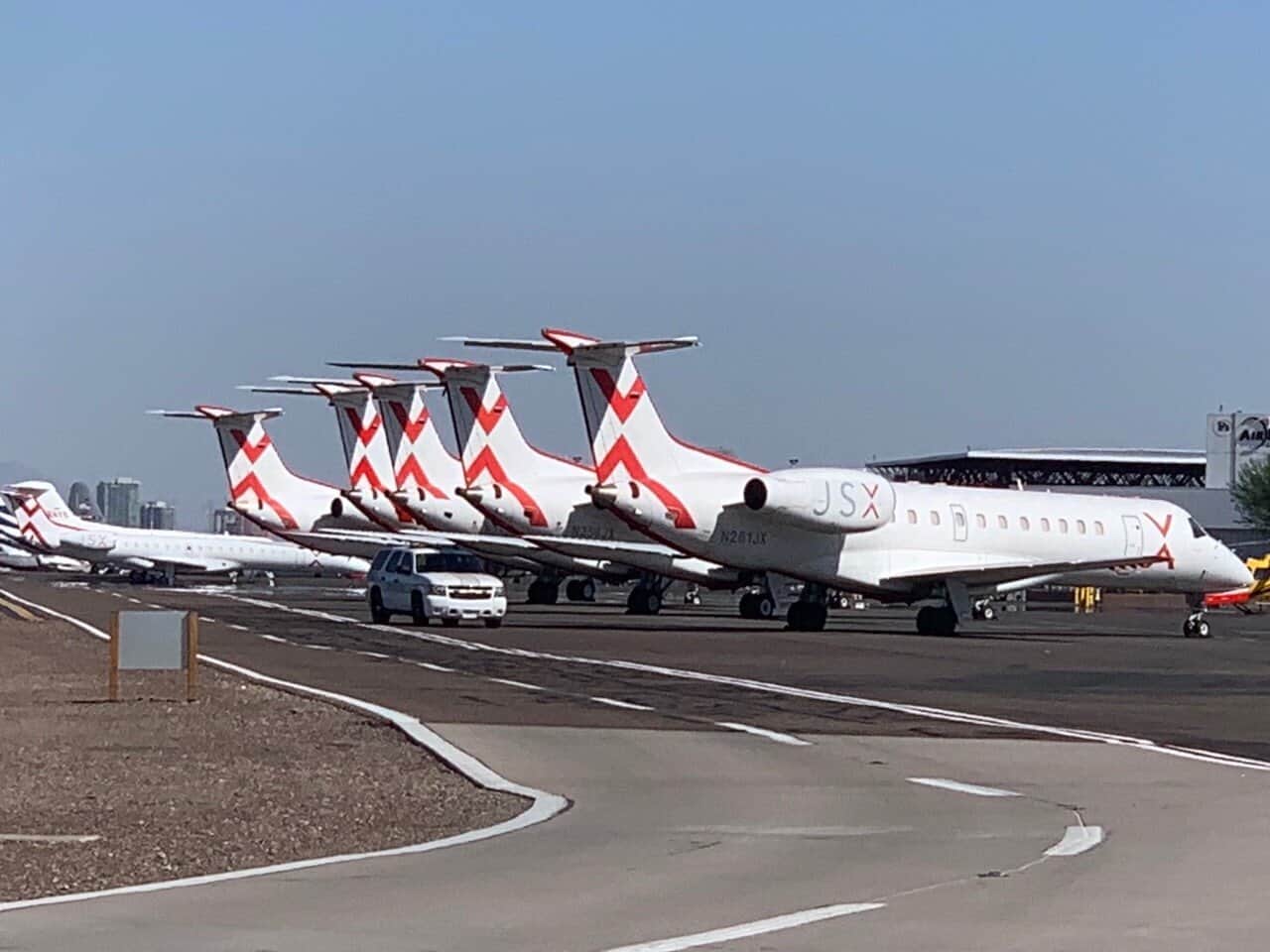XE - JSX
proudly presents
For guests with AUTISM SPECTRUM DISORDER and other neurodiverse conditions.
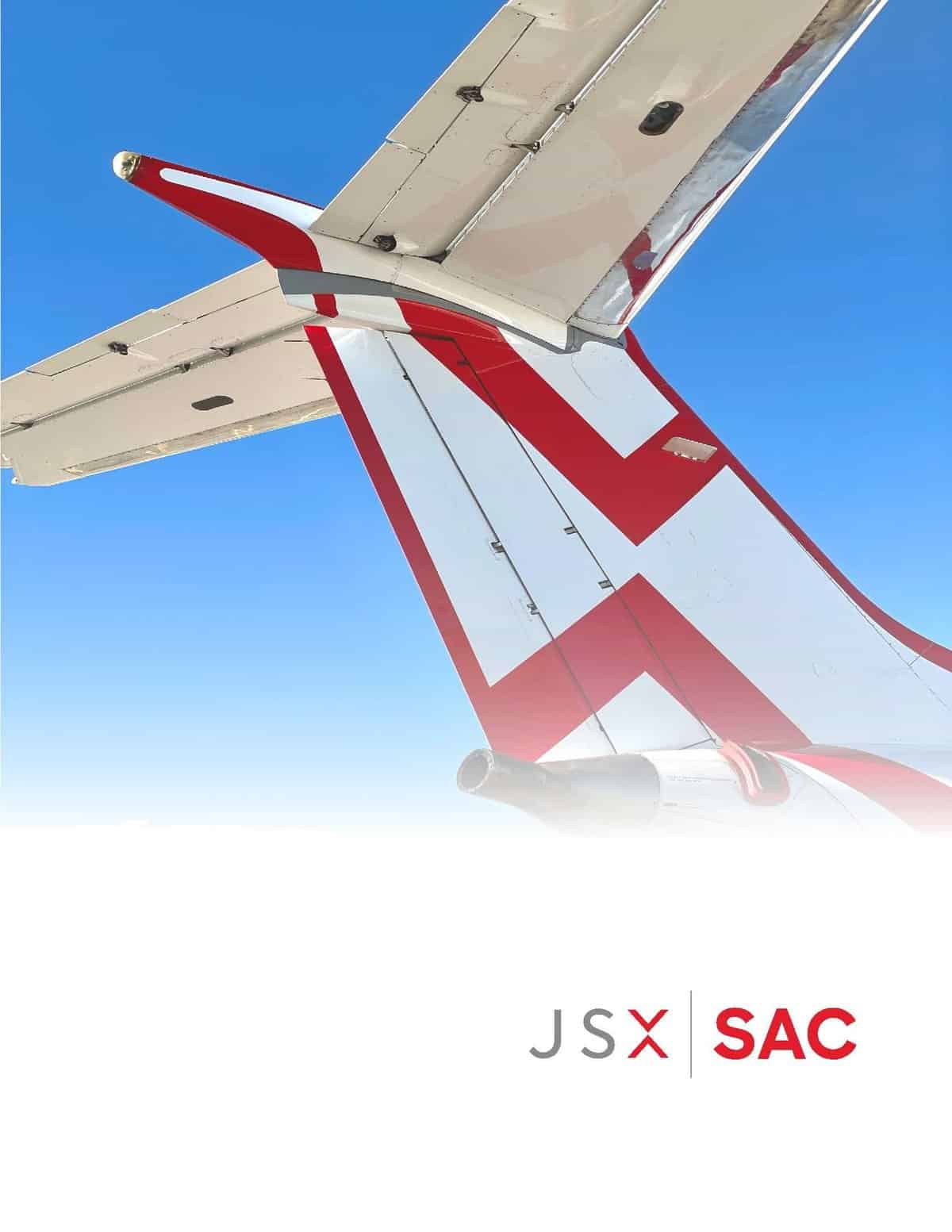
About this Guide
The information in this guide has been prepared by Autism Double-Checked to assist visitors with ASD when flying with XE - JSX. For neurodiverse visitors, please make use of the information that may relate to your visit. For neurotypical parents, caregivers or traveling companions, please make use of this to assist the special guest that you are accompanying.
The objective, throughout, is to give advance information about sensory, and other, issues that may need extra consideration for visitors with ASD. The Guide gives information about the nature of these issues. Guests should view this information in the context of their own, unique, challenges.
Due to the wide variety of issues that may arise for individuals with ASD, such guidance is general in nature. If you encounter something that is not covered in this guide, please contact the Autism Concierge by clicking the link in the Autism Concierge section below.
Throughout this Guide, we make use of the following Sensory Issue Advisory Triangles.
-
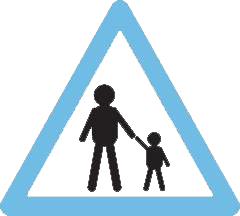 Safety
Safety -
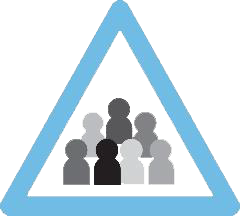 Crowds
Crowds -
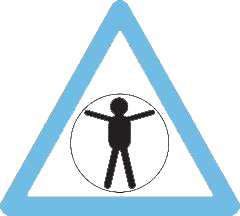 Body
Body
Awareness -
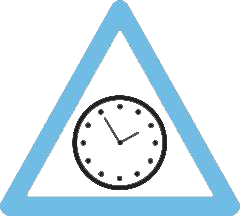 Time or
Time or
Duration -
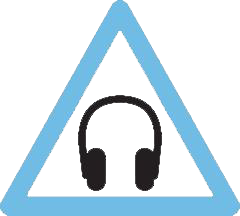 Noise
Noise -
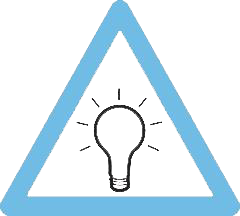 Lighting
Lighting -
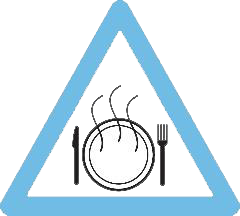 Taste or
Taste or
Smell -
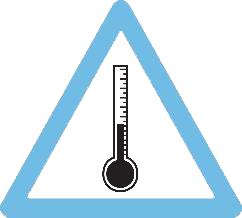 Heat or Cold
Heat or Cold
Autism Concierge
Autism Passport
Airline App
- IOS App Link:
- https://apps.apple.com/us/app/jsx-how-i-fly/id6503615463
- Android App Link:
- https://play.google.com/store/apps/details?id=com.jsx.app&hl=en_US&pli=1
| Full Name |
|---|
| APF - Naples, US - Naples Municipal Airport |
| BCT - Boca Raton, US - Boca Raton Airport |
| BJC - Denver, US - Rocky Mountain Metropolitan Airport |
| BUR - Burbank, US - Hollywood Burbank Airport |
| CCR - Concord, US - Buchanan Field |
| CLD - Carlsbad, US - McClellan-Palomar Airport |
| DAL - Dallas, US - Dallas Love Field |
| DSI - Destin, US - Destin Executive Airport |
| GUC - Gunnison, US - Gunnison Crested Butte Regional Airport |
| HOU - Houston, US - William P Hobby Airport |
| HPN - White Plains, US - Westchester County Airport |
| LAS - Las Vegas, US - Harry Reid International Airport |
| LAX - Los Angeles, US - Los Angeles International Airport |
| MRY - Monterey, US - Monterey Peninsula Airport |
| OAK - Oakland, US - San Francisco Bay Oakland International Airport |
| OPF - Miami, US - Miami-Opa Locka Executive Airport |
| PBI - West Palm Beach, US - Palm Beach International Airport |
| RNO - Reno, US - Reno Tahoe International Airport |
| SAF - Santa Fe, US - Santa Fe Municipal Airport |
| SCF - Scottsdale, US - Scottsdale Airport |
| SLC - Salt Lake City, US - Salt Lake City International Airport |
| SNA - Santa Ana, US - John Wayne Orange County International Airport |
| TSM - Taos, US - Taos Regional Airport |
Booking and Preparing for Your Flight
Make use of the Airline Website at: https://www.jsx.com/
Review the information given in this guide.
If you need further specific information that is not covered by either of the above resources, you should contact the Autism Concierge by using the link in Autism Concierge above.

Crowds
In general terms, February, September, and October are the quietest. Tuesdays, Wednesdays, and Saturdays are generally the quietest times of the week.
Passengers who have problems with crowds may wish to take consider this information when planning a flight and contact the Airline for advice on times of day that may be less crowded.
JSX operates scheduled service from small office-like facilities and on small (30-seater) jets and therefore offers
a semi-private jet experience. This style of operation (from much calmer and less crowded airport
facilities) should be extremely helpful to most Customers with ASD.

Heat or Cold
All XE - JSX aircraft are climate controlled. Temperatures are set to levels that should be acceptable to anybody that does have heat or cold sensitivity. In flight, people who have problems with either heat or cold may need to take the same precautions as they normally do on the ground by bringing things like hand-held fans, cold packs, sweaters and/or blankets.

Body Awareness
While anybody may feel some discomfort if internal organs “inflate” due to the reduced pressure in an airplane at altitude, a person who already has gastro-intestinal (GI) issues may experience extra problems. Speak to your physician ahead of time about suitable remedies.
During flight, particularly on descent, changes in pressure may cause ears to “pop” or just general discomfort during pressure adjustment. Practice all of the possible techniques for dealing with this that are not already familiar to your loved one. You won’t know, until you are in the air, which methods are going to work so you need your person to be familiar with all of them. (See “During the Flight” section for details). Try EarPlanesTM in advance to see if they are tolerated.
It is generally recommended that you seat autistic passengers away from the aisle and towards the front of the aircraft. If your party is large enough, it is also recommended to have a family member seated directly in front of the autistic person.
To book or change seating assignments, either as above or in the configuration that you feel will suit your family best use https://www.jsx.com/.
Packing
JSX aircraft do not feature overhead bins for storing carry-on items. You may bring a personal item on board. Every family member is allowed one personal item that will need to fit underneath the seat in front of you. This personal item should be no bigger than 13” X 11” X 17”.
You will need to pack all other items into checked bags. In addition to one personal item, JSX “Hop-on” fares allow each Customer to check two (2) bags up to 50 lbs each free of charge. Customers purchasing our “All-in” fares are allowed three (3) checked bags up to 50lbs each.
Things that you may need to pack in your ‘personal item’:
iPad or similar
iPod or similar for music, if not using the above
Other electronic games that your child likes
Headphones for all of the above.
Non-electronic games and activities – for those periods when electronic devices are not allowed. This can be anything that you know you child will like and is sufficiently portable.
Extra sweater and/or blanket if your child is sensitive to cold. Cold pack, if sensitive to heat.
If your child is sensitive to strange smells, bring tissues or a handkerchief with acceptable perfume/odor: Strongly flavored snacks may also work for this.
Wipes, if your child likes to touch everything in order to investigate.
Gum, hard candy, straws and/or juice boxes, EarPlanesTM (See “During the Flight” for details).
Medications. Always in carry-on, never in checked bags. Have an extra supply in case something is dropped or lost.
Snacks. Although snacks, including some gluten-free are provided, it will still help to have a good supply of your child’s favorite. This way you can be sure that you’ll have preferred brands and flavors.
Checking in
Security Screening
JSX security procedures for passengers are designed to be efficient and less invasive than standard commercial airline security.
JSX operates out of private terminals, bypassing the traditional TSA screening process. JSX’s security measures include passengers checked against the TSA’s “No Fly” list, and non-invasive screening where passengers quickly pass through a walk-through weapons detection system and bags are swabbed for explosives.

Waiting or Duration
JSX security checks are designed to be quick, calm and hassle-free.

Body Awareness
JSX does not require passengers to remove shoes or pass through a bulky metal detector or full body scanner.

Noise
JSX security screening does not include loud alarms or scanners.
Boarding
During the Flight
Please speak to a flight attendant after boarding to ensure any special requests or just to let them know that you are traveling with an autistic person and may need their help and understanding.

Safety
Everybody is required to wear a seatbelt during taxiing, take off, landing and preferably throughout the flight especially if turbulence is expected. Your child will probably find the lap belt familiar. If you have concerns that they may wriggle out of the regular belt, you may use a CARES Safety Harness. For a size of up to 40” tall and 44 lbs in weight, this is FAA approved. A larger size is available but you will need an exemption from the FAA to use this. Please go to: http://kidsflysafe.com/instructions/cares-for-special-needs-flyers/ for further information.

Heat or cold
In flight, cabins are climate controlled to a temperature that is comfortable for most people. For prior to take-off extremes however you may wish to bring extra layers for a person that is sensitive to cold. If your person is sensitive to heat they may need to wear their lightest clothing. You could also have a cold pack on hand, a portable fan or both.

Waiting or duration
While many flights are of short duration, they still involve sitting in the seat for all, or most of the trip. Please have plenty of activities that will hold your child’s attention. Many parents introduce a new activity every 20 minutes but you should judge this based upon your knowledge of your child. Make sure that some of the activities are non-electronic for the times when electronic devices are not permitted.

Noise
JSX aircraft do have extra sound insulation. Even then, flying is noisy.
Even children who have moderate noise sensitivity may benefit from the use of noise canceling headphones.
If your child needs to use the bathroom, be alert to the loud sucking noise that airplane toilets make when flushed. The wash basin makes a similar noise when draining. It may make sense to have your child exit the bathroom first and for you to flush and/or drain after they leave.

Body Awareness
Be prepared ahead of time for cabin pressure changes. These mostly occur during ascent and descent but can happen at any time. An autistic person may be more sensitive to such events than you are. If they child will tolerate EarPlanesTM, place them in advance of takeoff and try to keep them there until you have landed. If they do not tolerate them or if they seem not to be effective, keep trying possible remedies until you find which works for them on the day. Remember that the solution may even vary between outbound and return flights.
Once the “Fasten Seatbelt” light is off, you are allowed to take a walk around the aircraft with your child.
You should walk around if you think that this will help your child with the inactivity of sitting. On the other hand, if your child is happy and content in their seat, you may not want to disturb them.

Taste or smell
A supply of snacks and drinks is available on most flights. If your child has very particular ‘favorites’ of either, it will be advisable to bring your own supply particularly if your child has any special dietary needs.
If your child does get distressed at any time during the flight, remind the flight attendant of your earlier conversation and let them do the explaining to other passengers that your child has autism and is not just misbehaving.
Arrival

Body Awareness
The aircraft are small and exiting is very quick and not generally disruptive.
If you feel that your child may still be disrupted by other Customers leaving, you may wait until last to deplane.
Deplaning is outside on the tarmac. The aircraft is exited via a small ramp or small set of stairs. It is important to keep your child close to you at this time even though this is only a short walk.

Noise
Since deplaning is on the tarmac, you should expect noise levels to be high. Even those with moderate noise sensitivity may benefit from the use of noise canceling headphones.
For most journeys, your arrival airport for the outbound flight will be your departure airport for your return flight. Look around you when you arrive so that you gain a little familiarity with this airport before your return flight.

